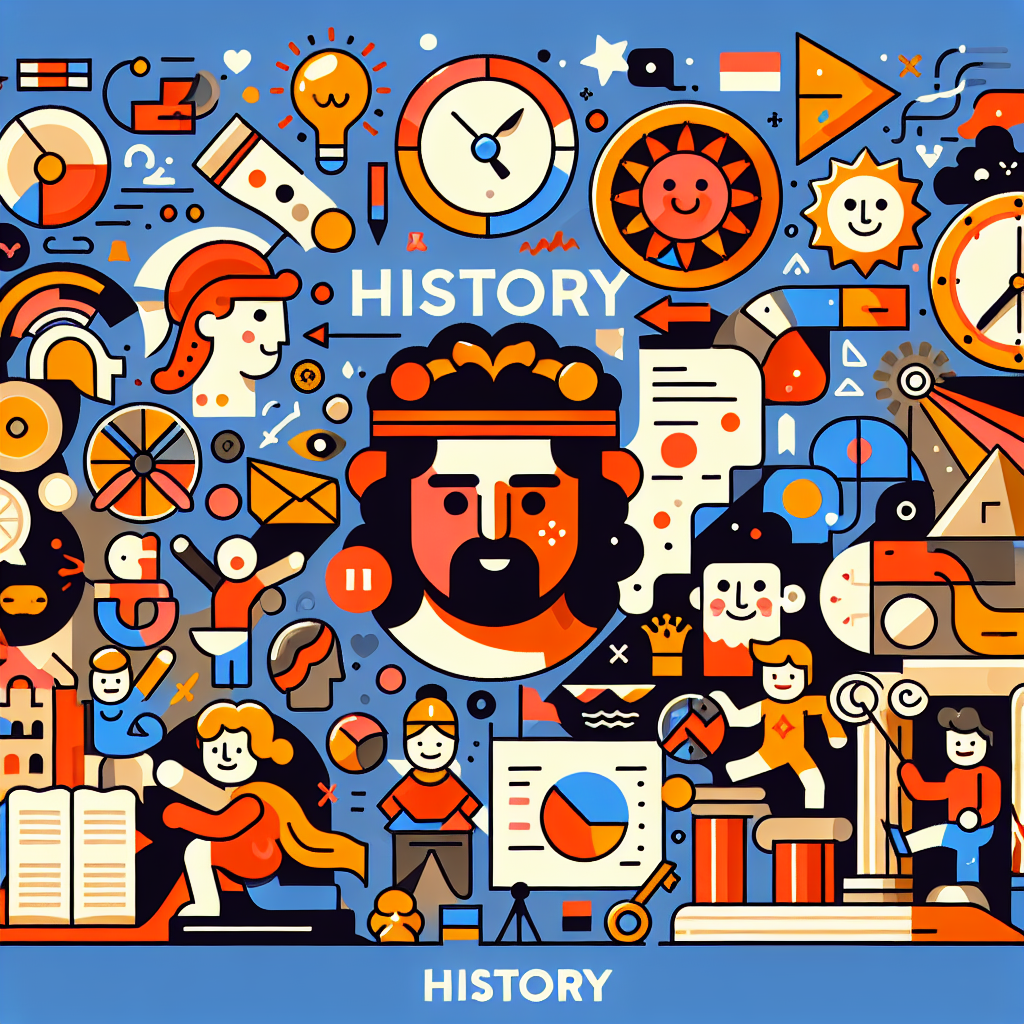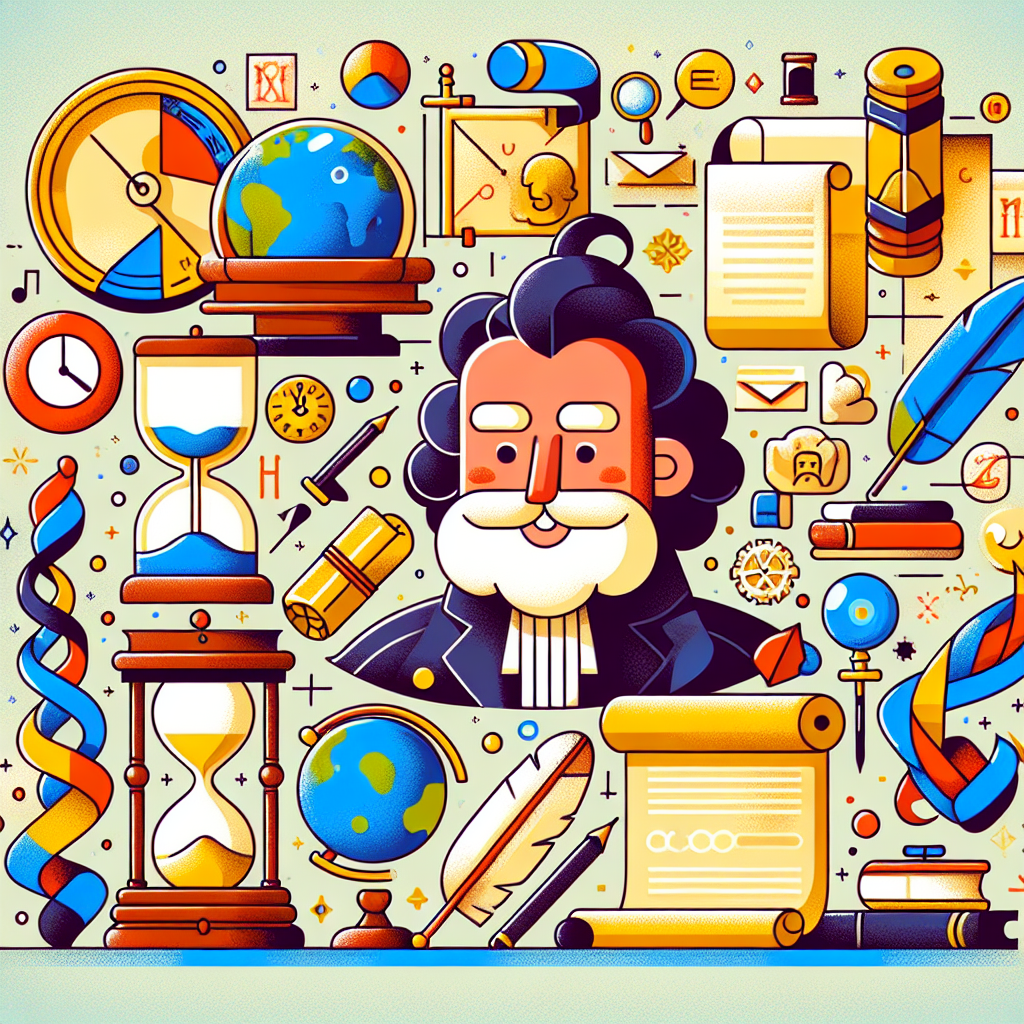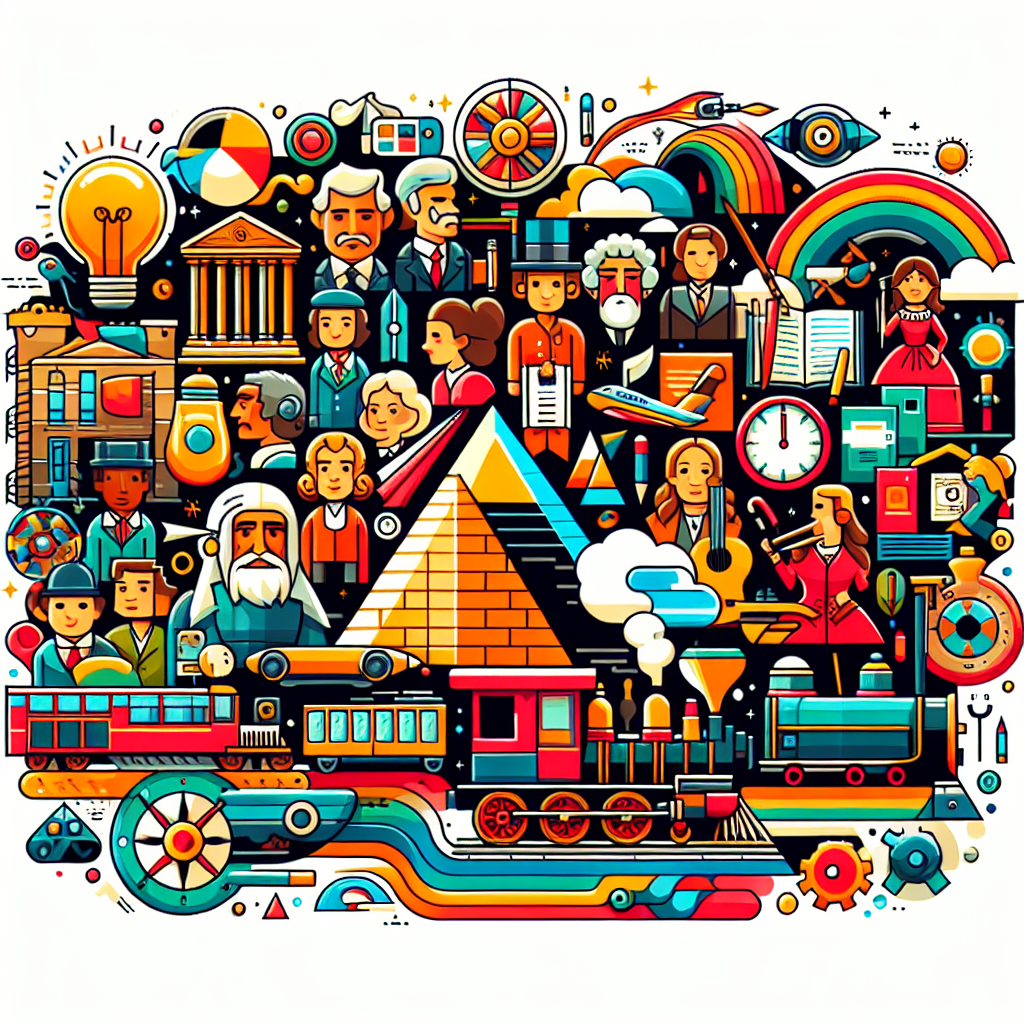The Fascinating History of Everyday Objects: How Ordinary Items Shaped Our Lives

The Fascinating History of Everyday Objects: How Ordinary Items Shaped Our Lives
Have you ever thought about the incredible history behind the everyday objects you use? From the humble pencil to the ubiquitous smartphone, the stories of these items are often astounding, yet largely unknown to the average person. This article delves into the fascinating history of everyday objects, revealing how they’ve evolved and shaped our societies. By understanding their origins and transformations, we gain a richer perspective on the world around us. So, what’s the story behind the things you take for granted? Let’s explore!
The Pencil: Writing’s Silent Revolution
Imagine a world without the pencil—no doodles on the margins of your notebook, no brainstorming sessions with quick sketches. The pencil, as simple as it seems, has a captivating history that spans centuries. It may surprise you to know that its roots reach back to ancient Rome, where scribes used a stylus to write on wax tablets. Fast forward to the 16th century, when graphite was discovered in Borrowdale, England. Initially mistaken for lead due to its metallic sheen, this newfound material revolutionized writing.
Why is this interesting? Well, the pencil is a silent witness to the evolution of human expression. It has helped shape literature, education, and even art. The greats, like Leonardo da Vinci and Victor Hugo, wielded this simple tool to create their masterpieces. The next time you write with a pencil, remember: you’re holding a piece of history that’s been instrumental in the development of communication!
The Journey of the Fork: From Practicality to Elegance
Picture yourself at a fancy dinner, surrounded by gleaming silverware and a bewildering array of forks. It’s hard to imagine that this stylish utensil wasn’t always a staple of dining etiquette. The fork made its first appearance in the 9th century in the Middle East, but it didn’t truly catch on in Europe until the 16th century. When it did, it faced plenty of skepticism. Many considered it a strange tool, preferring to use their fingers or knives instead.
The fork’s acceptance into European dining culture marked a turning point in social norms. It became a status symbol, denoting refinement and sophistication. Today, forks are ubiquitous, and you might find it hard to believe they were once a source of controversy. It’s a reminder that even the most accepted customs have humble beginnings.
The Clock: Taming Time’s Relentless March
Time, as they say, waits for no one. But our ability to measure it has profoundly affected human civilization. The history of clocks is a tale of ingenuity, precision, and, surprisingly, chaos. Early timekeeping devices, such as sundials and water clocks, relied on natural elements, which made them somewhat unreliable. The mechanical clock, emerging in the 14th century, was a game changer. Suddenly, towns could synchronize their activities, leading to improved commerce and community coordination.
Yet, the clock has its quirks. Ever heard of leap seconds? Yep, they exist to adjust our clocks due to the Earth’s irregular rotation. This may seem trivial, but leap seconds can wreak havoc on technology and data systems. The next time you glance at a clock, consider the centuries of innovation and adaptation that have gone into this everyday object.
Unexpected Facts About Everyday Objects
You might think you know these common items, but they often come with their fair share of surprises.
Toothbrush: The modern toothbrush dates back to 1938, but its origins trace back to ancient civilizations, where people used chew sticks to clean their teeth. Can you imagine going to the dentist and asking for a stick instead of a toothbrush?
Umbrella: This indispensable rain shield began its journey as a sunshade in ancient Egypt. Its transition to rain protection took centuries and was viewed with suspicion at first. Today, no one thinks twice about carrying one!
Coffee: Legend has it that a goat herder named Kaldi discovered coffee in Ethiopia after noticing that his goats became incredibly energetic after munching on coffee berries. Imagine if we’d never dabbled in caffeine!
Post-it Notes: These colorful little squares were invented by accident in 1968 when chemist Spencer Silver was trying to create a super-strong adhesive. Instead, he found a weak one that stuck, but could be removed easily. Sometimes, mistakes lead to masterpieces!
What You Can Do Right Now
Feeling inspired by the history of everyday objects? Here are a few practical tips to appreciate the items around you:
Utilize History: Next time you use a pencil or fork, take a moment to think about its history. Try to imagine the countless hands that have held it before you.
DIY Projects: Engage with the history by creating your own version of an everyday object. Make a simple sundial to understand how ancient people kept track of time. It’s fascinating and educational!
Share and Discuss: Host a trivia night with friends focused on the history of everyday items. It’s a fun way to learn and share knowledge!
Mindful Usage: Practice mindfulness by recognizing how often you use certain items and their historical significance. This can foster gratitude and deeper appreciation for the world around you.
Explore Local Museums: Visit local museums that may focus on everyday life through the ages. You might uncover a treasure trove of everyday historical objects you never knew existed!
Frequently Asked Questions
1. Why is it important to learn about the history of everyday objects? Understanding the history of everyday objects helps us appreciate their evolution and the impact they have on our daily lives.
2. How have everyday objects changed over time? Many everyday objects have undergone significant transformations in materials, design, and function, often reflecting social and technological changes.
3. Can the history of an object influence its modern usage? Absolutely! Knowing an object’s history can alter our perception and enhance our usage, providing a deeper connection to it.
4. What are some surprising origins of common objects? Several common objects, like the umbrella and toothbrush, have surprising and rich histories that reveal how they evolved to meet our needs.
5. How can I discover more about the history of everyday items? Books, documentaries, and online resources can all provide intriguing insights into the histories of common objects.
Conclusion
The history of everyday objects is a treasure trove of human ingenuity, creativity, and evolution. From the unassuming pencil to the sophisticated smartphone, each item tells a story of its journey through time. Next time you pick up a simple object, take a moment to appreciate its complex history and the role it plays in your life.
What to do right now: - Reflect on an everyday object you love and research its history. - Create a mini-exhibit of historical items at home with descriptions. - Share a fun fact about an everyday object with a friend this week! - Challenge yourself to use a historical writing tool, like a quill or stylus, just for fun. - Explore local shops or flea markets for vintage everyday items and their stories.
You never know what fascinating history lies beneath the surface of the ordinary!


